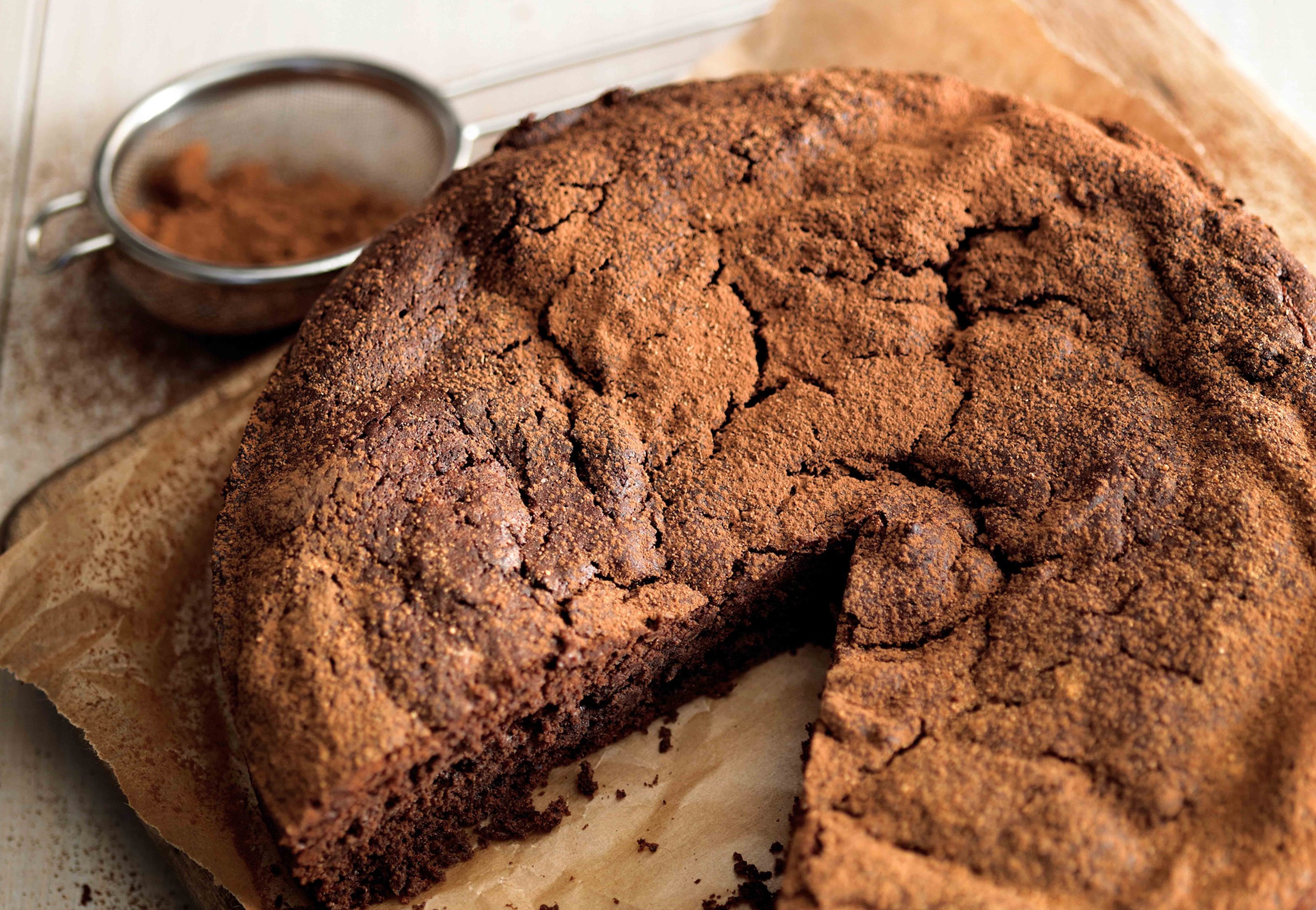MSP Murdo Fraser is calling on Scots to make a New Year’s resolution to slash their sugar consumption in a bid to tackle the nation’s “bulging waistline”.
The Mid Scotland and Fife MSP was speaking out after new Scottish Government figures revealed that nearly one billion slices of cake and pastry are consumed each year.
“Christmas is the time of year to treat yourself to that extra mince pie, however it would appear that many of us don’t need the festive season for permission to do so,” said Mr Fraser.
“It’s incredible to think that we eat nearly one billion slices of cake a year and get through 103,000 tonnes of biscuits. With diabetes and obesity reaching epidemic proportions it’s maybe time to cut our cake habit.
“As many people embark on a dry January its perhaps time for us all to go cold turkey on excessive sugar consumption.
“Combatting Scotland’s bulging waistline is as much about setting out good practice and increasing public awareness as it is about targeted interventions and I would encourage fellow Scots to make a New Year’s resolution to eat healthier.”
The figures come as health services in Scotland are currently coping with 65% of adults over 16 classed as overweight.
At the end of 2015, there were 284,122 people diagnosed with diabetes in Scotland and 88.3% (250,881) were classed as Type 2 diabetes.
Mr Fraser was also alarmed that the figures show that alongside rising obesity children appear to be becoming more sedentary.
The statistics showed that the proportion of children spending four or more hours sitting watching a television or other screen on an average day (excluding time in school) in 2015 was 12% (13% for boys, 12% for girls). This was an increase compared to 2014 (9%).
“It’s also concerning to see a spike in the percentage of children spending four hours in front of the telly,” said Mr Fraser.
